Quito, Feb 4 (V7N) — In a dimly lit drug den in western Ecuador, police officers, their hands clad in gloves and red ribbons tied around their wrists, step cautiously toward an eerie shrine.
At the center stands a statue of Santa Muerte, the skeletal "Saint of Death," draped in a flowing cape. In her right hand, she holds a scythe; in her left, a globe of Earth. Around her feet, gang members have left offerings—money, alcohol, tobacco, and religious tokens—seeking protection from law enforcement.
For police colonel Roberto Santamaria, this scene has become disturbingly familiar.
“The belief is that if they entrust themselves to Santa Muerte, they won’t get caught or will succeed in their missions,” Santamaria told AFP.
Sometimes, the devotion turns darker.
A former gang member, speaking anonymously, said that in extreme cases, criminals have offered human sacrifices.
“They stole children from other towns and sacrificed them in front of her when they wanted to land a big hit,” he claimed.
Santa Muerte—also known as "The Skinny Lady" or "The White Girl"—originated in Mexico and has long been associated with both healing and the criminal underworld.
For decades, drug lords in Mexico have sought her protection. Now, her presence is spreading across Ecuador’s violent port cities, where gangs terrorize locals and control drug routes.
The shift began roughly six years ago, when Ecuadorian gang Los Choneros forged ties with Mexico’s Sinaloa cartel, which not only provided training but also introduced its spiritual practices, Santamaria said.
Now, Santa Muerte’s image is everywhere: gang members tattoo her likeness, wear amulets, and erect makeshift altars in hideouts. Police in the city of Duran—a hub of gang activity—say they have found her shrines in six out of every ten raids in 2024.
Duran and nearby Guayaquil have become epicenters of Ecuador’s crime crisis, fueled by the lucrative cocaine trade. Drug shipments from Peru and Colombia—the world’s top producers—flow through Ecuador’s ports en route to Europe and the United States.
Gangs, religion, and the state’s crackdown
Ecuador is overwhelmingly Catholic, and the Church condemns Santa Muerte as a dangerous distortion of faith. But the saint’s following extends beyond criminals—her imagery is now sold in markets and online, raising concerns about wrongful profiling under the government’s sweeping anti-gang measures.
“People are already criminalized because of their race and economic status. Now, they will also be targeted for popular customs,” said Ecuadorian researcher Cristina Burneo.
As President Daniel Noboa fights for re-election, he has declared a state of emergency, deployed troops, and designated 20 gangs as terrorist organizations, including Los Choneros. The measures have led to a slight drop in homicides in 2024.
But the war on gangs is far from over.
Some officers in Duran say they feel physically ill after working near Santa Muerte altars—complaining of headaches, dizziness, and nausea.
“We don’t destroy them unless we find drugs or weapons inside,” Santamaria said. “In Ecuador, there is freedom of worship. Having one of these statues is not a crime.”
Still, for police battling Ecuador’s increasingly violent drug trade, Santa Muerte’s presence is a chilling reminder of how deeply organized crime and spiritual beliefs have intertwined.
END/WD/RH/



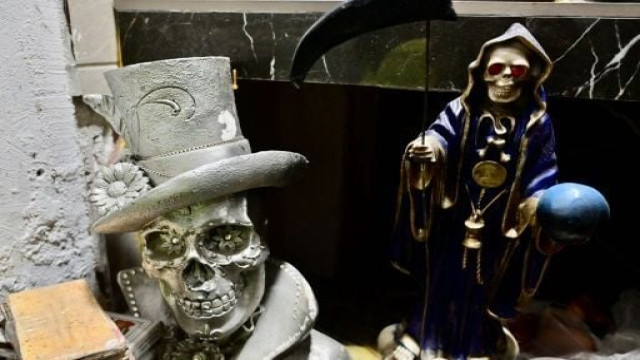
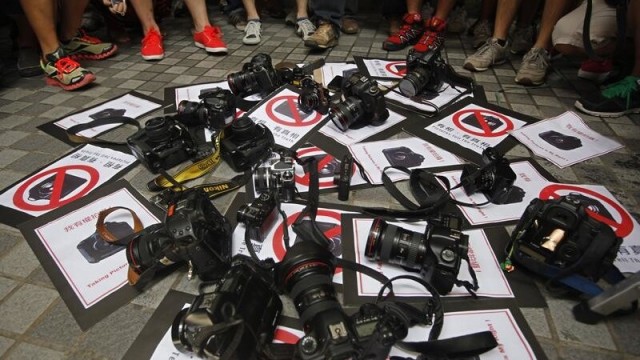


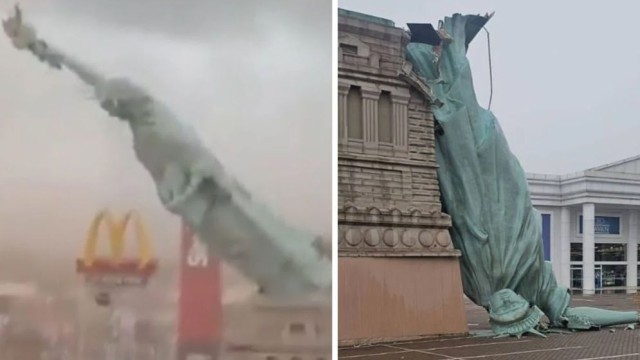

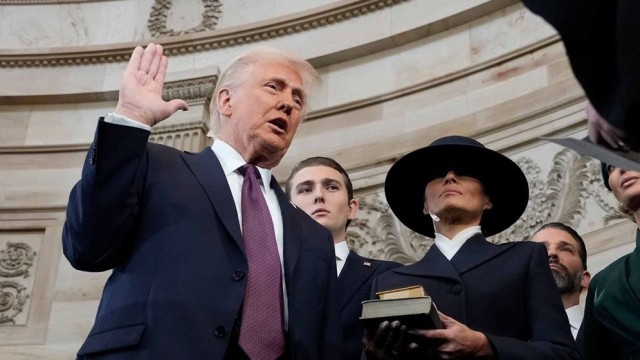

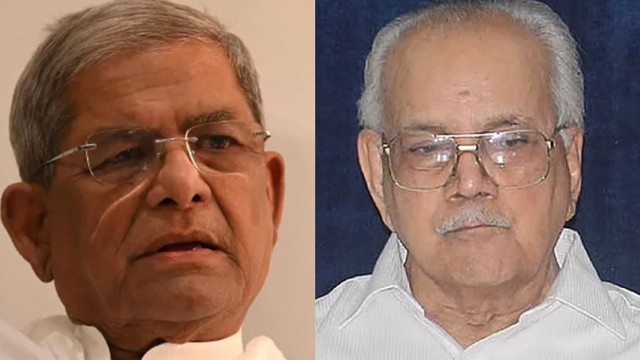




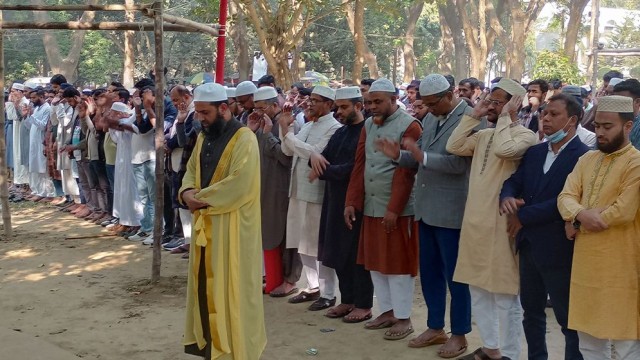
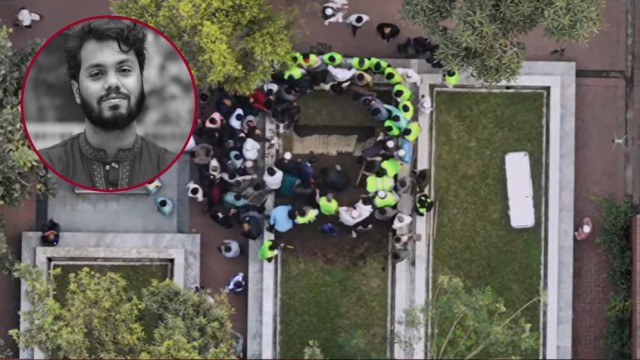



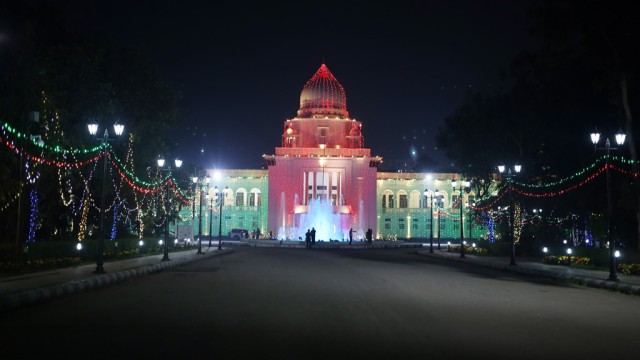



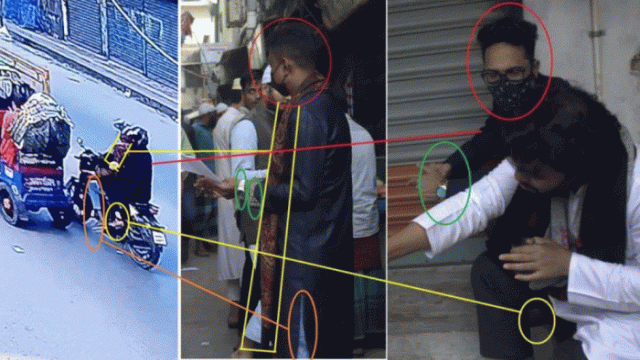
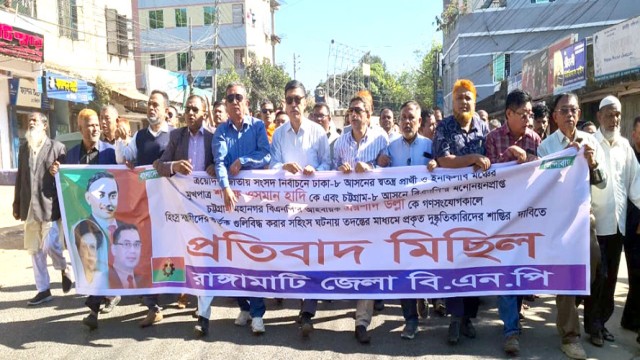


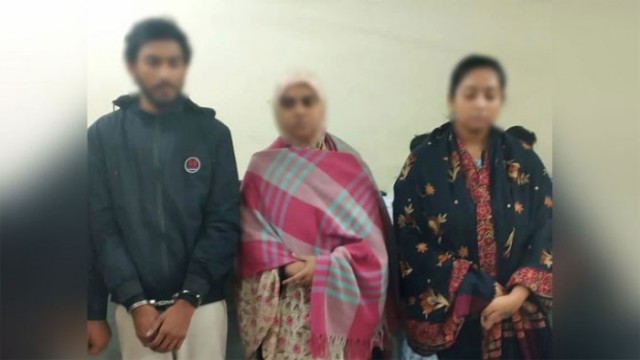

Comment: